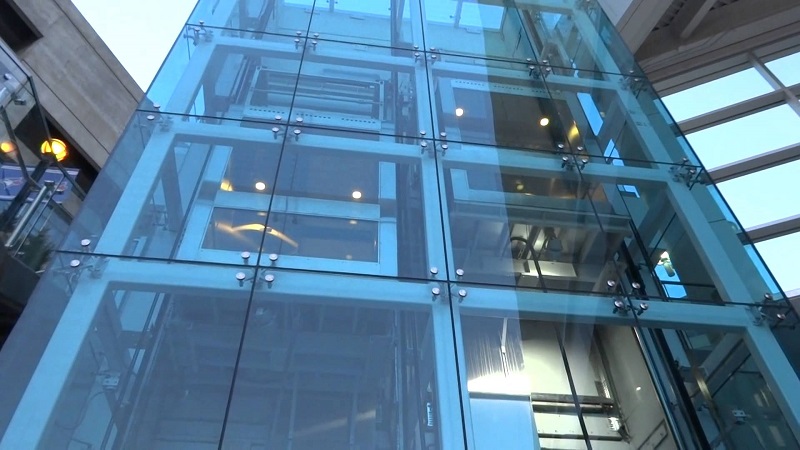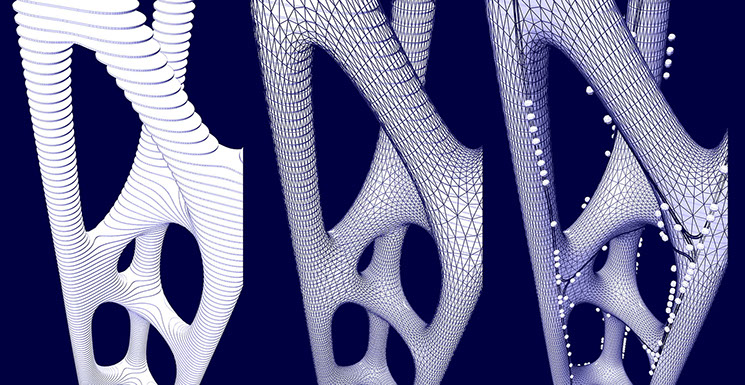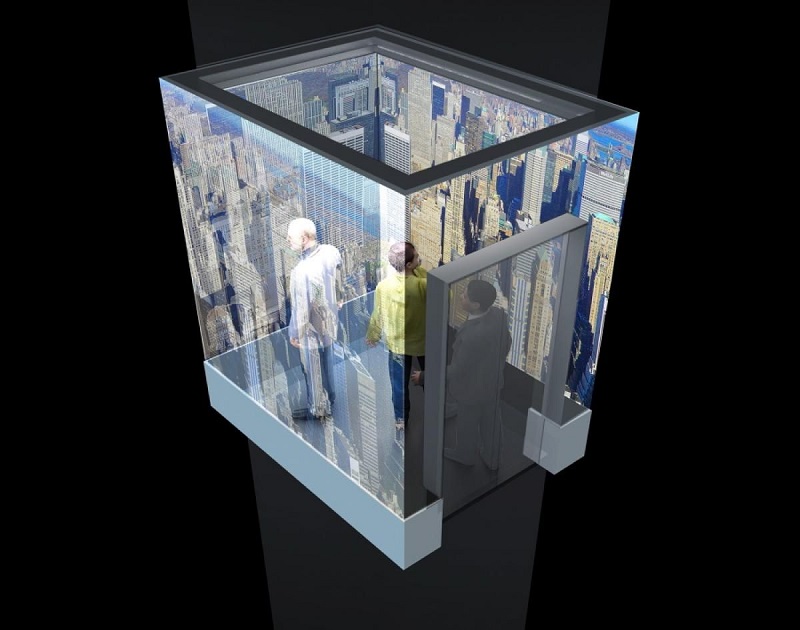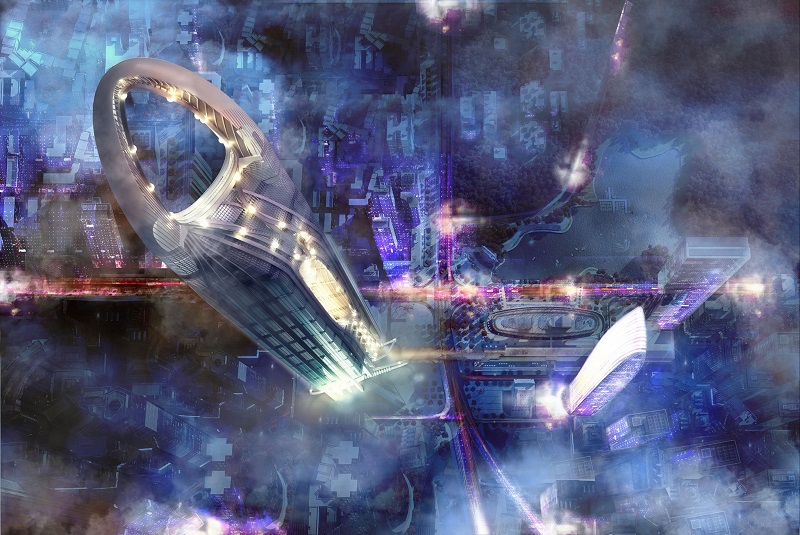SkyPods: Taking You To New Heights (and Across Town)
When you think about all the technological advancements that have dramatically changed our lives in the last 50 years, it starts to seem pretty mind-boggling. In fact, if you just quickly look around your office or living room, you’ll notice a lot of once-unthinkable 21st-century technology.

Conversely, some areas of technology seem frozen in time. Take, for example, the elevator. There’s really no fair way to minimize the effect that this magnificent invention had on daily life — but that was 150 years ago! That no one has been able to improve on the concept is unfathomable. Now, someone has: PLP Labs, the internal think tank of PLP Architecture in London.
The Birth of SkyPod
Think tanks have developed many wondrous strategies and inventions over the years, and SkyPod is one of the latest from PLP Labs. Around four years ago, they began researching how to transform simple elevators into looped transportation systems that could move in any direction, change their direction in milliseconds, maintain horizontal floors, and operate efficiently enough to be used in a number of different contexts.
Inspirational Models

The dawn of autonomous vehicles has aroused innovative attitudes towards transportation all around the world. If anything, it has proven that there is just as much necessity as there is interest in moving people from point A to point B more efficiently and cost effectively. If a simple elevator could move people and objects up and down skyscrapers, then surely there must be a way to move them across cities using a three-point urban system that’s user-friendly and capable of navigating twists and turns without tossing passengers or cargo to and fro. After all, roller coasters (particularly the more advanced models) successfully achieved this kind of smooth movement years ago.
How SkyPod Works

Although such futuristic technology seems like it would require laser beams or even magic to come to fruition, SkyPod is based on a simple infrastructural component that’s been around even longer than elevators: a track. Unlike a simple railroad track, the SkyPod track easily twists, tips, and turns to scale the exteriors of buildings. Similar to a gyroscope, the SkyPod car rotates in a manner that always keeps the floor horizontal. The car is stabilized by a digital configuration of magnets that simultaneously pull and resist, while the system itself is powered by a linear induction motor system comparable to those used to power Maglev trains and roller coasters. The direction SkyPod heads in is controlled by the people inside.
Hopes for the Future

SkyPod is hoping to change the way we think of vertical transport systems. Instead of merely taking passengers up and down the confines of a traditional building, SkyPod can scale virtually any structure (despite its unorthodox design). Buildings specifically built for the SkyPod system could be integrated all throughout major cities, which means you could board one near your home, stop for coffee on your way to work, and then step off into your office building without ever having to change pods. Since the pods are depressurized, the atmosphere inside is relaxing enough to read a book or just marvel at the skyline, all without jolting movements or popping ears. Another giant leap for mankind.




